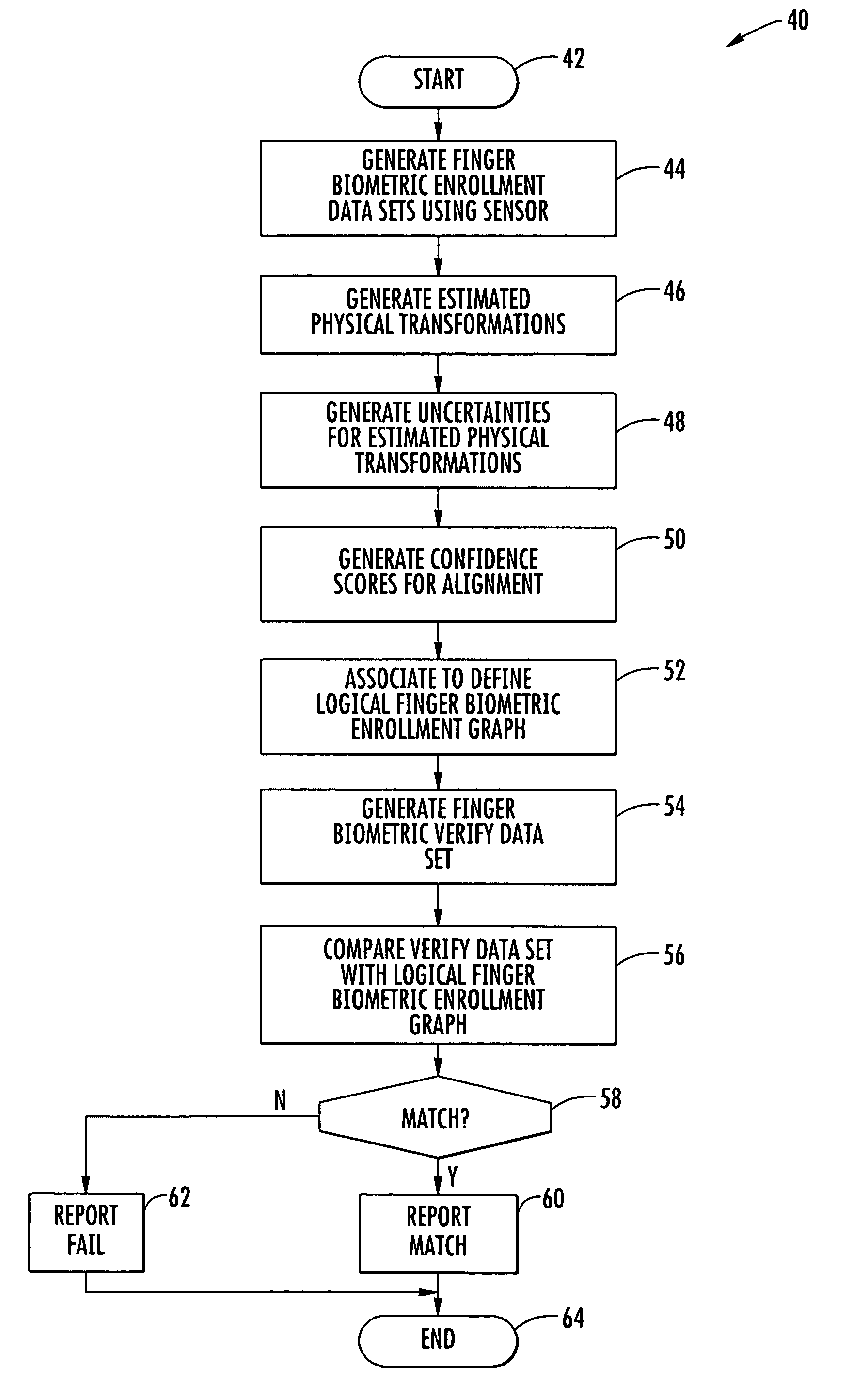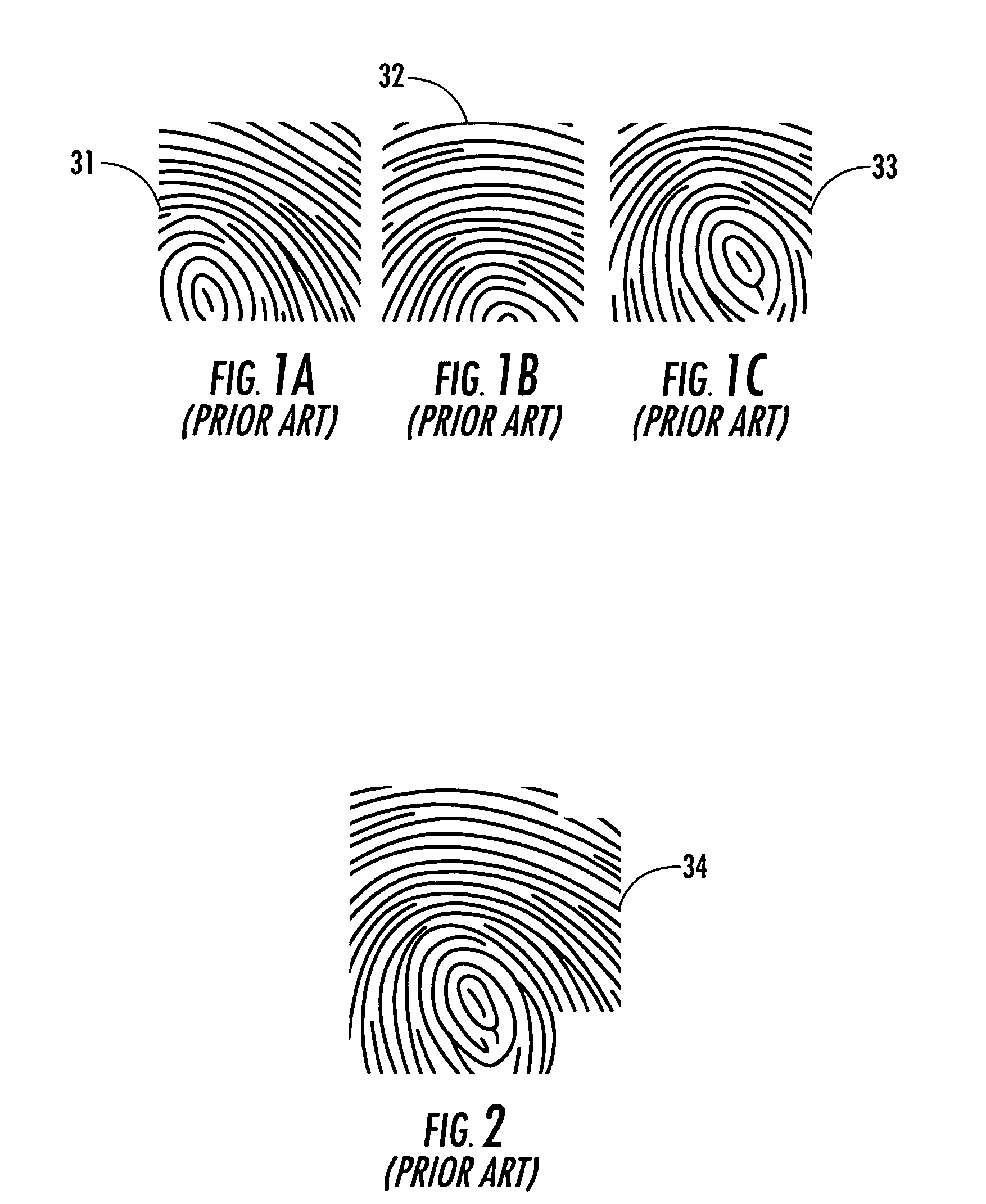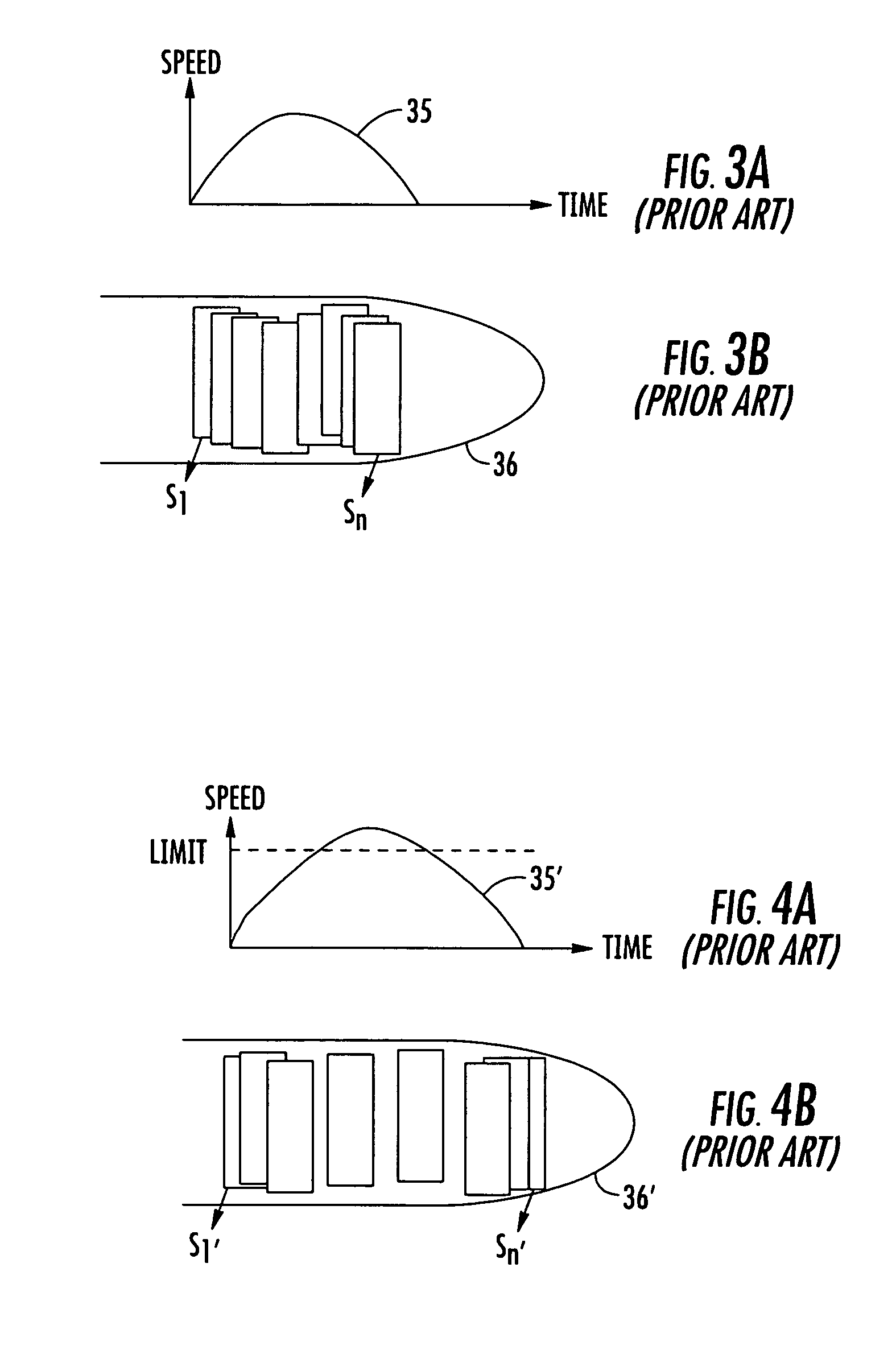Methods for finger biometric processing and associated finger biometric sensors
a biometric and finger technology, applied in the field of biometrics, can solve the problems of high alignment uncertainty, inability to explicitly inability to accurately account for the uncertainty of the alignment process, so as to reduce the noise content
- Summary
- Abstract
- Description
- Claims
- Application Information
AI Technical Summary
Benefits of technology
Problems solved by technology
Method used
Image
Examples
Embodiment Construction
[0070] The present invention will now be described more fully hereinafter with reference to the accompanying drawings, in which preferred embodiments of the invention are shown. This invention may, however, be embodied in many different forms and should not be construed as limited to the embodiments set forth herein. Rather, these embodiments are provided so that this disclosure will be thorough and complete, and will fully convey the scope of the invention to those skilled in the art. Like numbers refer to like elements throughout.
[0071] The present invention relates to the use of uncertainty of the physical transformations between different finger biometric enrollment data sets. For clarity of explanation this and related features and advantages will first be explained with respect to their use in a touch finger biometric sensor, and thereafter these concepts are also applied with additional features and advantages to a slide finger biometric sensor.
[0072] Referring initially to...
PUM
 Login to View More
Login to View More Abstract
Description
Claims
Application Information
 Login to View More
Login to View More - R&D
- Intellectual Property
- Life Sciences
- Materials
- Tech Scout
- Unparalleled Data Quality
- Higher Quality Content
- 60% Fewer Hallucinations
Browse by: Latest US Patents, China's latest patents, Technical Efficacy Thesaurus, Application Domain, Technology Topic, Popular Technical Reports.
© 2025 PatSnap. All rights reserved.Legal|Privacy policy|Modern Slavery Act Transparency Statement|Sitemap|About US| Contact US: help@patsnap.com



